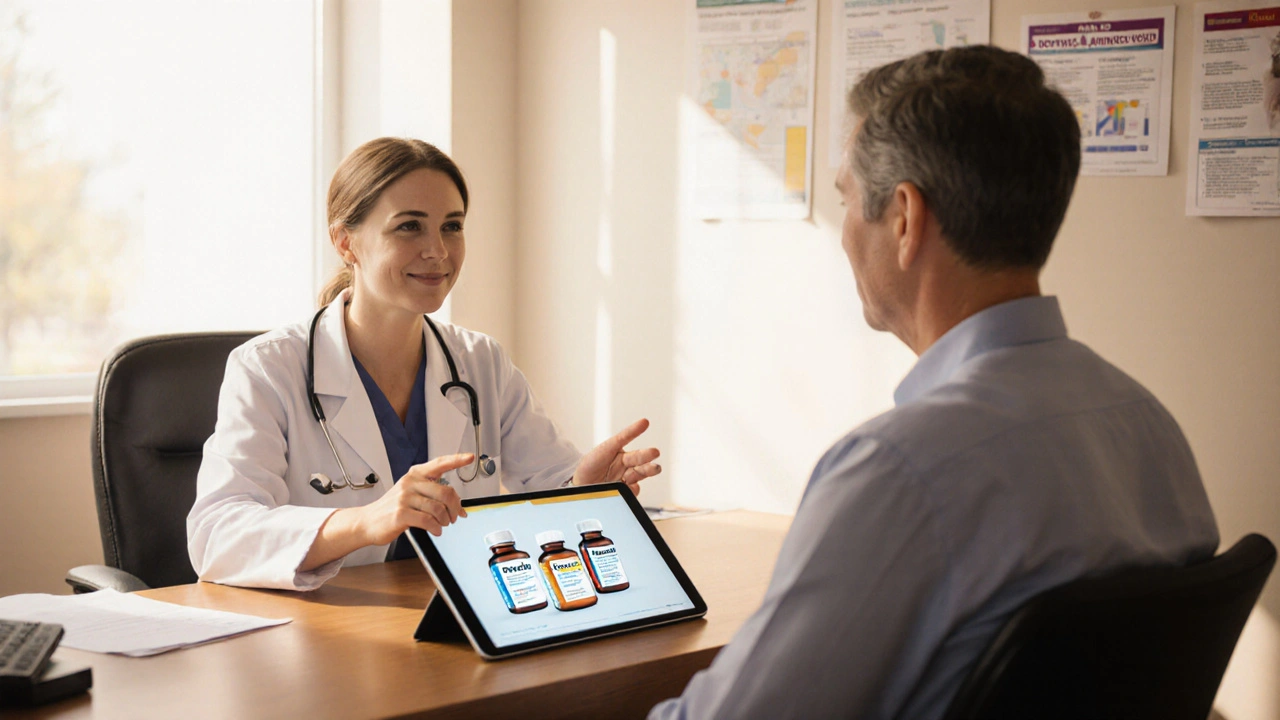Antibiotic Alternatives: Practical Ways to Fight Infections Without Drugs
Feeling sick and hearing the word “antibiotic” can make you nervous, especially with all the news about resistance. The good news? Not every infection needs a pill that kills bacteria. Sometimes your body, a simple change in habits, or a natural product can do the job just as well. Below you’ll find easy‑to‑follow advice for when you can skip the prescription and still get better fast.
When to Consider Non‑Antibiotic Options
First, figure out if the infection is viral, fungal, or a mild bacterial skin irritation. Colds, flu, most sore throats, and many ear infections are caused by viruses, so antibiotics won’t help. A quick check with a doctor or a rapid test can confirm this. If the symptoms are mild and you have no fever, high pain, or spreading redness, you’re a good candidate for a non‑antibiotic approach.
Second, look at your immune health. Good sleep, balanced meals, and low stress boost the natural defenses that keep germs in check. If you’re already eating a mix of veggies, fruits, and protein, you’re giving your body the tools it needs to fight off infection on its own.
Top Natural and Clinical Alternatives
Honey and warm tea – A spoonful of raw honey in warm water can soothe a sore throat and has mild antibacterial properties. It’s safe for most adults, just avoid giving honey to children under one year.
Garlic – Fresh garlic releases allicin, a compound that fights many types of bacteria. Crush a clove and let it sit for a few minutes before adding it to meals for maximum effect.
Probiotics – Yogurt, kefir, or a quality supplement can restore good bacteria in your gut, helping your immune system stay strong during an infection.
Topical antiseptics – For minor cuts, scrapes, or skin infections, cleaning with hydrogen peroxide or a povidone‑iodine solution can keep harmful microbes at bay without a prescription.
Heat and rest – A warm compress on a sinus infection or a hot shower can loosen mucus, while rest lets the body allocate energy to healing.
If you prefer a more structured plan, many urgent‑care clinics now offer “watch‑and‑wait” protocols. They monitor your symptoms for a few days and only prescribe antibiotics if the condition worsens. This approach reduces unnecessary drug use while keeping you safe.
Remember, these alternatives are not a blanket replacement for antibiotics. Serious infections like pneumonia, sepsis, or bacterial meningitis need immediate medical treatment. If you develop a high fever, rapid breathing, severe pain, or notice swelling that spreads quickly, call a health professional right away.
Bottom line: you don’t have to reach for an antibiotic every time you feel ill. By understanding the type of infection, supporting your immune system, and using proven natural remedies, you can often recover without a prescription. This helps you avoid side effects, saves money, and does your part to slow down antibiotic resistance.
Baycip (Ciprofloxacin) vs Common Antibiotic Alternatives: A Detailed Comparison
A detailed comparison of Baycip (Ciprofloxacin) with top antibiotic alternatives, covering efficacy, safety, cost, and when to choose each option.
Read more
